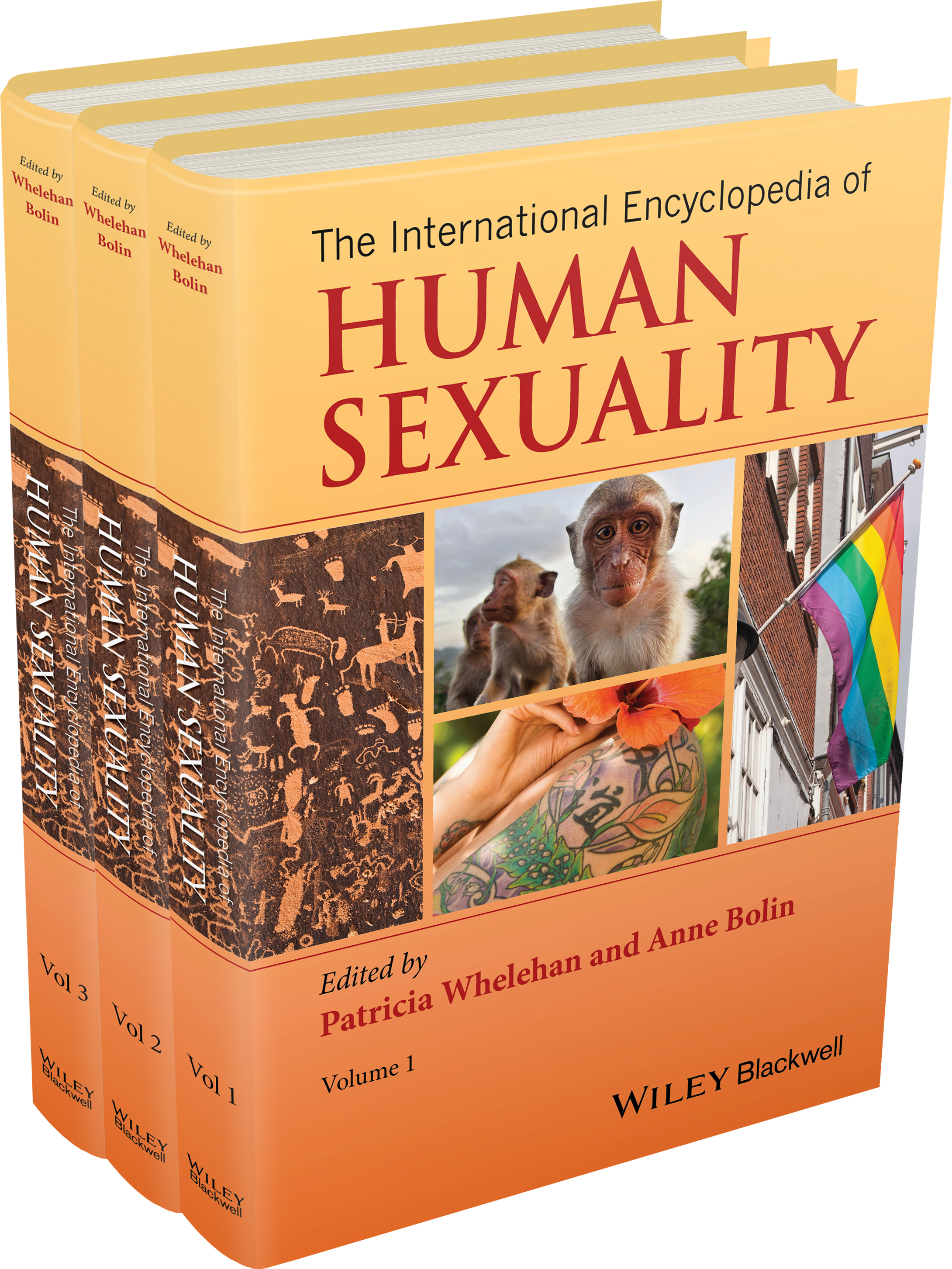Breasts (infants vs. sex objects)
Abstract
Human females have mammary glands (breasts) to provide a fluid (milk) that is species-specific and necessary for the optimal health and growth of their offspring. Breast size is affected by genetic factors, age, pregnancy/lactation status, and nutritional status. Breasts develop during puberty with the growth of glandular tissue and the deposition of fat. During pregnancy they gain significant additional blood supply and glandular tissue, increasing in size. There is no evidence that larger breasts confer any reproductive advantage to women, as lactational ability is not dependent on breast size. In the vast majority of human cultures, the breasts play no role in sexual attraction or sexual behavior. Defining breasts as sexually erotic, and fondling or manipulating them during sexual activity is best described as a cultural (learned) paraphilia of limited geographic and temporal distribution.



